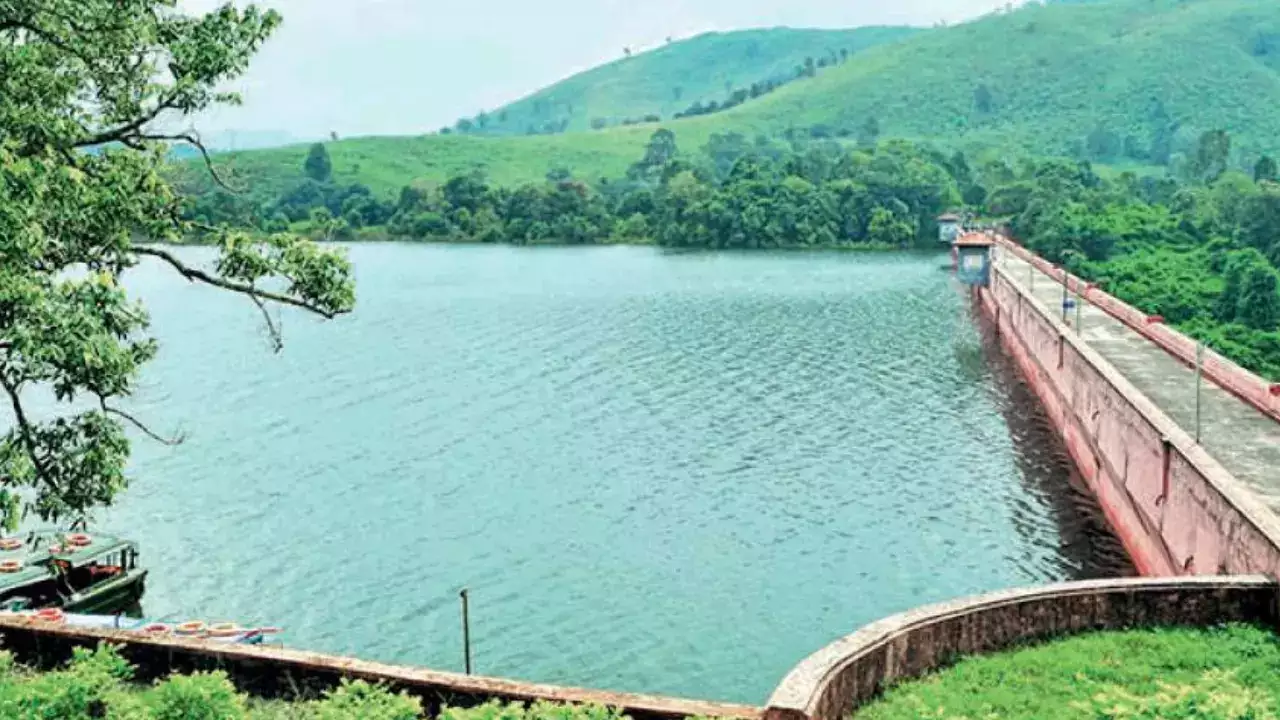





Copyright infringement not intended
Picture Courtesy: https://timesofindia.indiatimes.com/city/kochi/kerala-mullaperiyar-dam-has-outlived-its-life-says-un-study-report/articleshow/87251544.cms
Context: The Expert Appraisal Committee (EAC) of the Ministry of Environment, Forest and Climate Change (MoEF) announced that Kerala's request for a new Terms of Reference (ToR) for conducting an Environment Impact Assessment for a new dam at Mullaperiyar, Idukki district, had been cancelled.
Background
Kerala's Proposal for a New Dam
|
Environmental Impact Assessment (EIA) ●It is a process used to evaluate the environmental, social, and economic impacts of a proposed project or development. ●It aims to predict environmental impacts at an early stage in project planning and design, find ways to reduce adverse impacts, shape projects to suit the local environment, and present predictions and options to decision-makers. ●EIA in India is backed by the Environment Protection Act, 1986, which contains provisions on EIA methodology and process. ●The process is cyclical and involves screening, scoping, collection of baseline data, impact prediction, mitigation measures and EIA report, public hearing, decision-making, monitoring and implementation of environmental management plan, assessment of alternatives, delineation of mitigation measures and EIA report, and risk assessment. ●Stakeholders in the EIA process include project proponents, environmental consultants, pollution control boards, the public, and the Impact Assessment Agency. ●The 2006 amendments to EIA notification decentralised environmental clearance projects into Category A and Category B, with Category A projects and Category B projects undergoing the complete EIA process. |
Tamil Nadu's Opposition
Legal Battles
|
Any significant development regarding the Mullaperiyar dam requires consensus between Kerala and Tamil Nadu. Kerala needs Tamil Nadu's consent to proceed with a new dam, as directed by the Supreme Court. However, achieving consensus is challenging given the deeply entrenched positions and historical animosity between the two states. |
Mullaperiyar Dam
Source:
|
PRACTICE QUESTION Q. What are the major challenges faced by India in addressing the growing water crisis, particularly in regions plagued by overexploitation of groundwater resources, and what sustainable solutions can be implemented to mitigate these challenges? |










© 2025 iasgyan. All right reserved